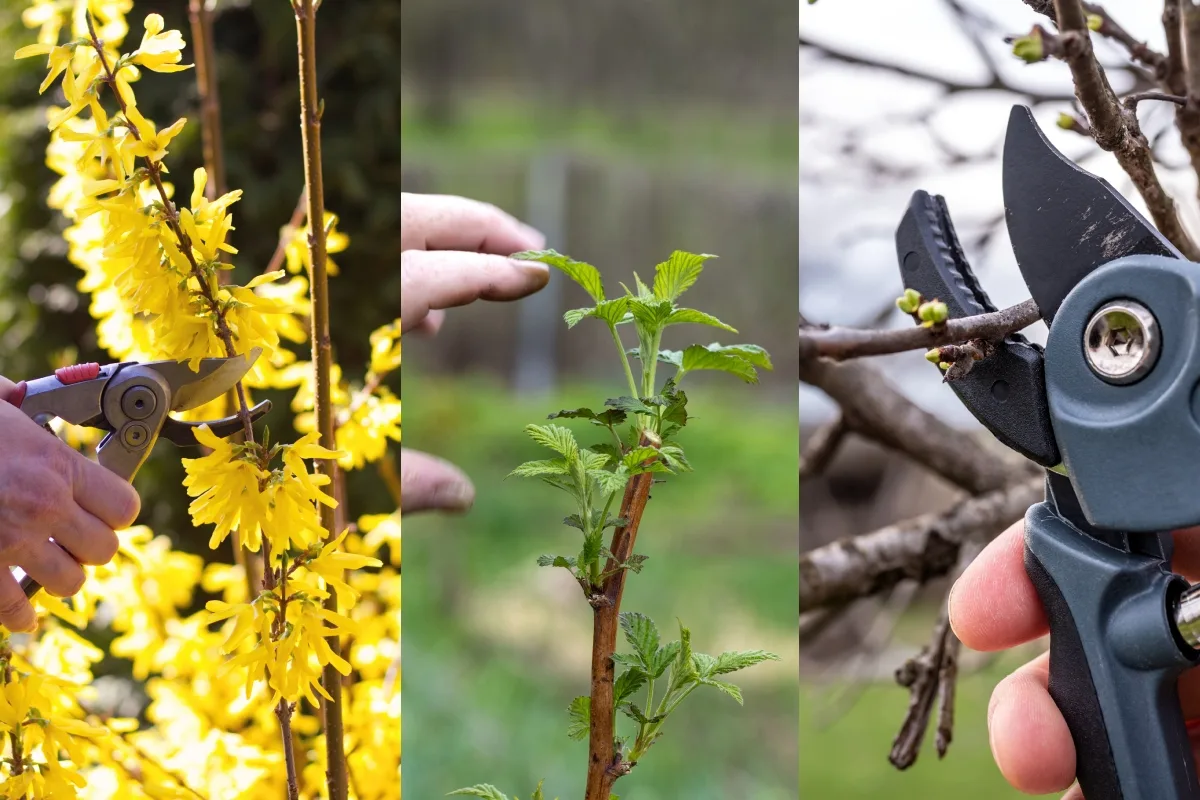
With warmer temperatures and the lengthening days of spring, everything seems to be growing.
Being cooped up all winter, we gardeners tend to struggle with our desire to get out there and get growing, too. We want to get a head start pruning and cleaning up plants that look a bit scraggly. But before you grab your hand pruners, make sure you aren’t pruning the wrong plants. There are quite a few plants that shouldn’t be pruned in spring.
Why Some Plants Shouldn’t Be Pruned in the Spring
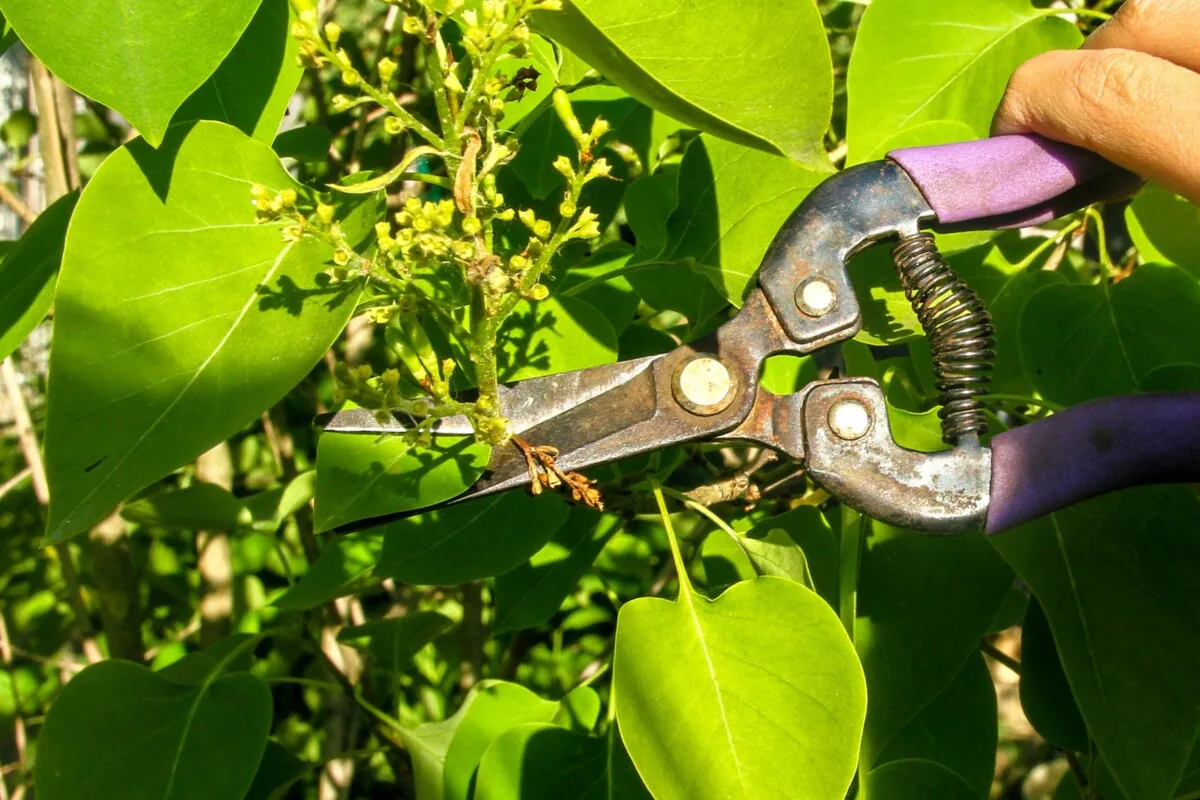
I don’t know about you, but it’s hard not to be overcome with the “green itch” every spring. There are seedlings to start, cool-weather crops to sow, tools to gather and post-winter clean up to be done. I’m ready to get out there and whip my garden into shape even when there’s still snow on the ground.
I’m sure you know the feeling.
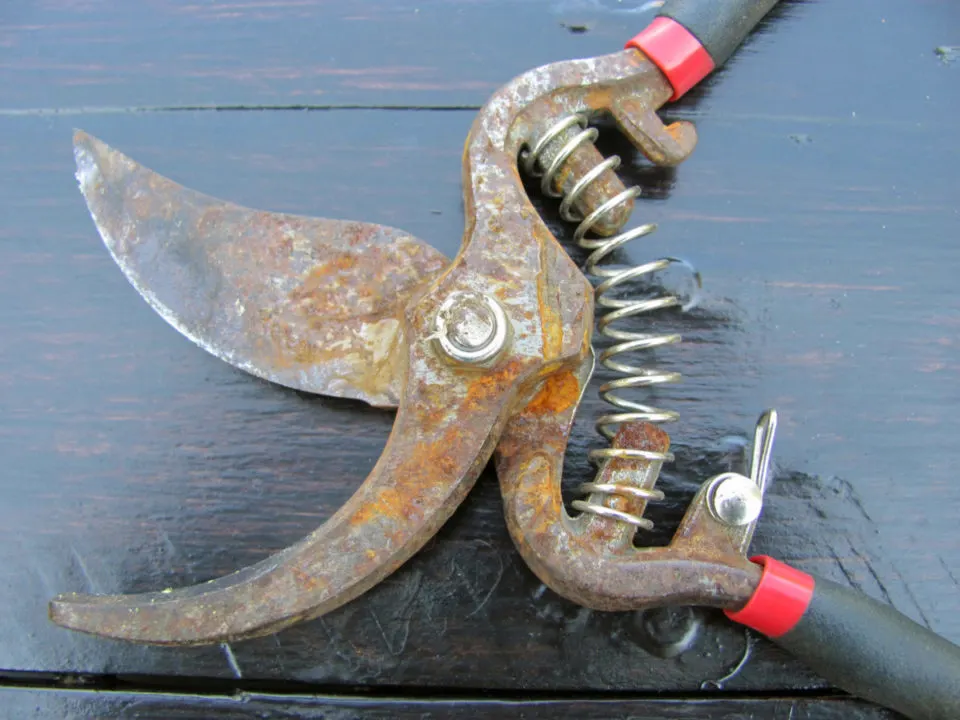
If part of your pre-season prep includes sharpening and cleaning your hand pruners (and it should), then you’re probably ready to start snipping wild-looking plants into a more pleasing shape.
But if you get a little fast and loose with the pruning shears, you may end up with less than desirable results: few or no blossoms, less fruit or a diminished harvest.
Do me a favor and put the hand pruners down, slowly back away and keep reading before you do anything hasty.
Old Growth Blooming Plants
Quite a few of our favorite blooming plants depend on old growth to produce flowers, berries or fruit in the spring. While you might be tempted to prune your scraggly lilac before it sets new leaves, you’ll prune away the flower buds that started last year.
Yup, believe it or not, that lilac bush started work on this spring’s buds last year, shortly after it finished blooming.
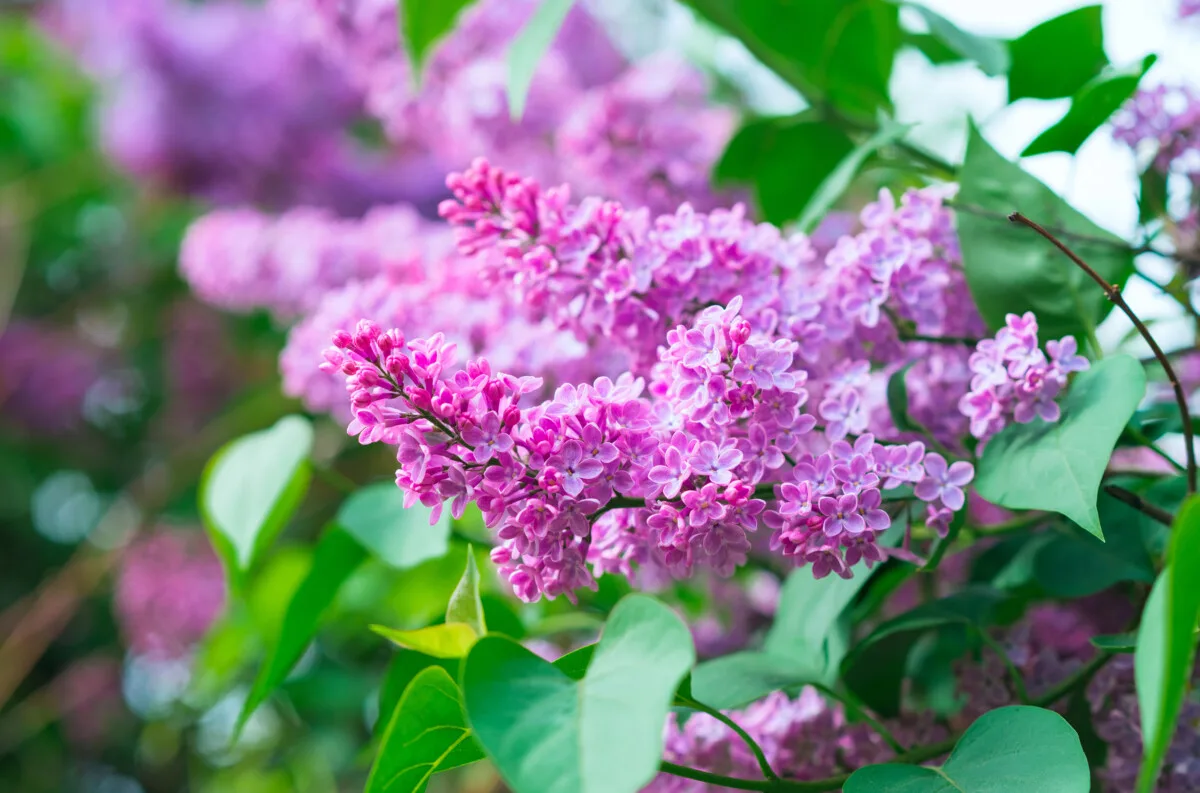
Plants that set flowers on last year’s growth are called old growth or old wood blooming plants.
When to Prune Old Growth Blooming Plants
Since I’m giving you a list of plants you shouldn’t prune in the spring, you’re probably wondering when you should prune them. The general rule of thumb for old growth bloomers is to prune them immediately after they have finished blooming.

Within a couple of weeks after those last few blossoms fade, you’ll want to get out there with your trusty hand pruners and do any shaping or trimming to encourage new growth. As always when pruning woody plants, it’s best not to remove more than a ¼ of the plant each year.
Many Fruit Trees Shouldn’t Be Pruned in the Spring
For much the same reason, you shouldn’t prune certain trees in the spring. To clarify, you can prune in very early spring/the tale end of winter if the plant is still dormant. But once the weather warms and things begin to grow, it’s best to wait. .
By removing the buds that contain the flowers, you’re also removing potential fruit. Counterintuitively, once the tree has set fruit, sometimes it’s a good idea to do a bit of selective pruning. Thinning out the fruit allows the tree to spread nutrients more evenly among the remaining fruit, leading to a better harvest overall and will lead to consistent harvests year after year.
Likewise, you can prune some trees like apple and pear to encourage more flower production, rather than more vegetative growth. Check with your local cooperative extension office for more information on the best time and pruning method to encourage more fruit on your trees.
Sometimes You Need to Prune in the Spring Anyway
Sometimes, you’ll just need to bite the bullet and prune in the spring or once the plant in question has set next year’s growth. If disease sets in, pests overwhelm a plant or it’s completely taking over a space, it may be necessary to forego a season of beautiful blooms or fruit to improve the plant in the long run.
Plants That Shouldn’t Be Pruned in the Spring
This list is a general guide. Use it as a checklist so you can see if you have any of these plants. If you have any of these plants it’s a good idea to get more specific care instructions from a trusted nursery or your local cooperative extension.
1. Apple Trees
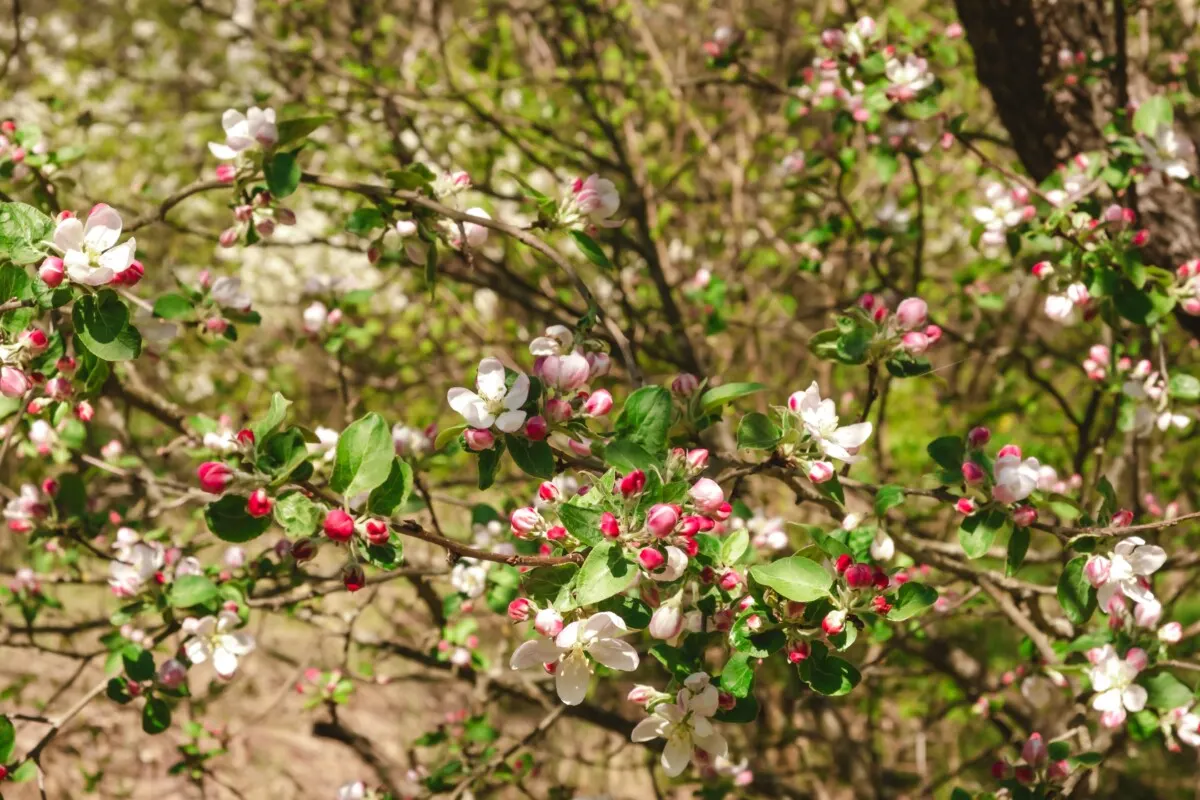
New buds are set in early spring before flowering. Prune in late winter while the tree is dormant. Be sure you aren’t pruning flowering branches. Thin fruit once it has set for the best harvest.
2. Pear Trees
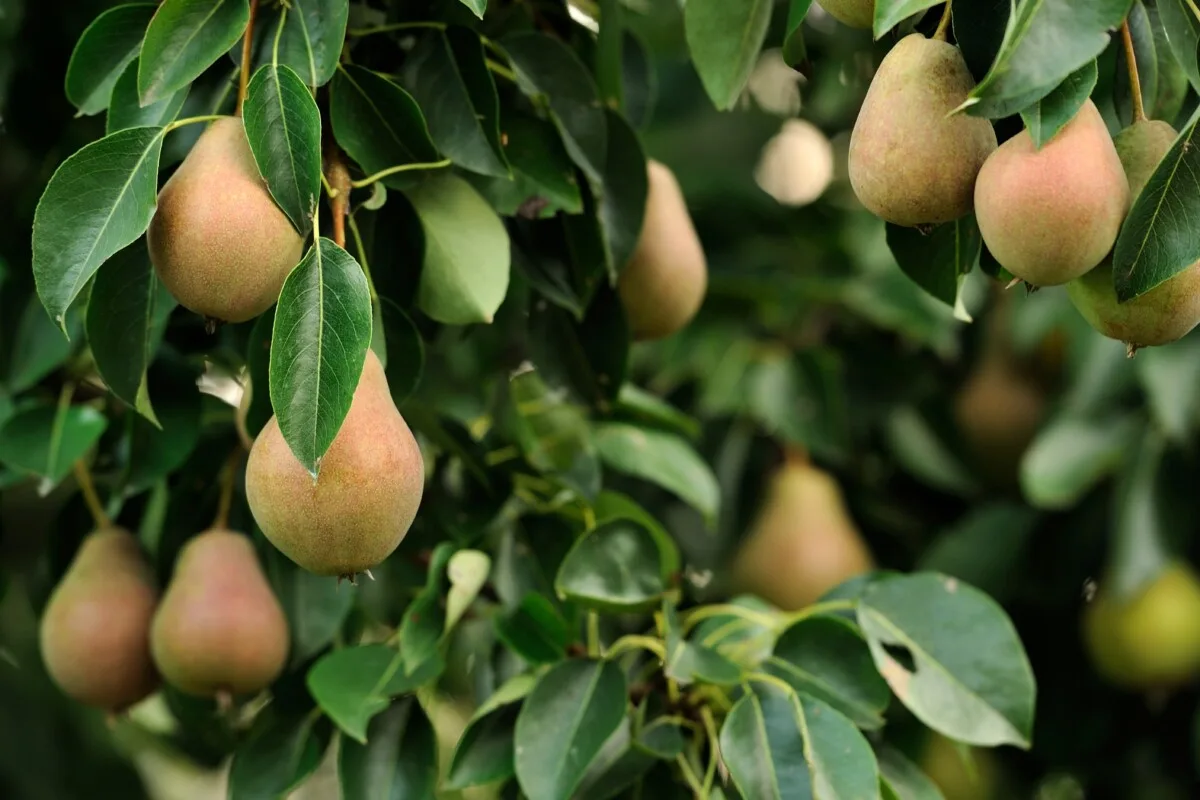
New buds are set in early spring. Prune pear trees during late winter while dormant to shape the tree and remove dead or crowded branches. Again, be sure you’re pruning non-flowering branches. Thin fruit once it has set for the best harvest.
3. Cherry Trees
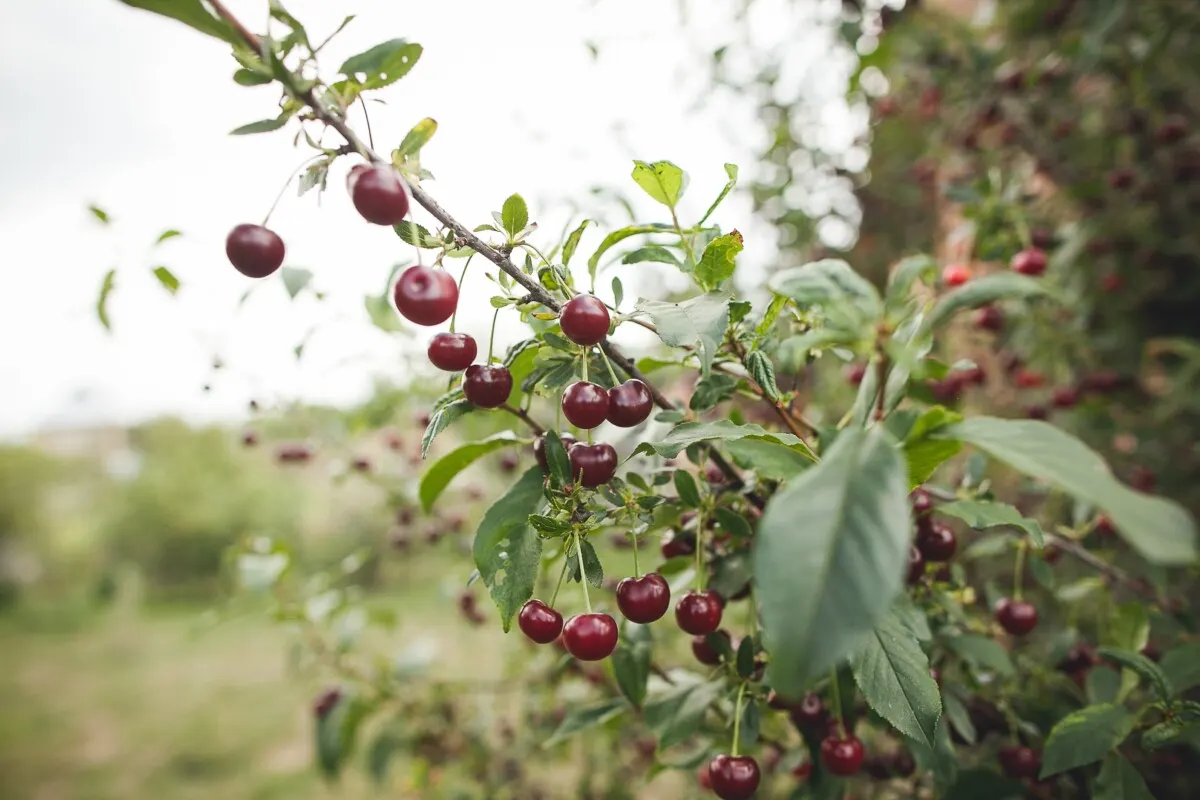
New buds are set in early spring. Prune cherry trees in late winter while they’re dormant, avoiding pruning during rainy periods to reduce the risk of disease.
4. Plum Trees
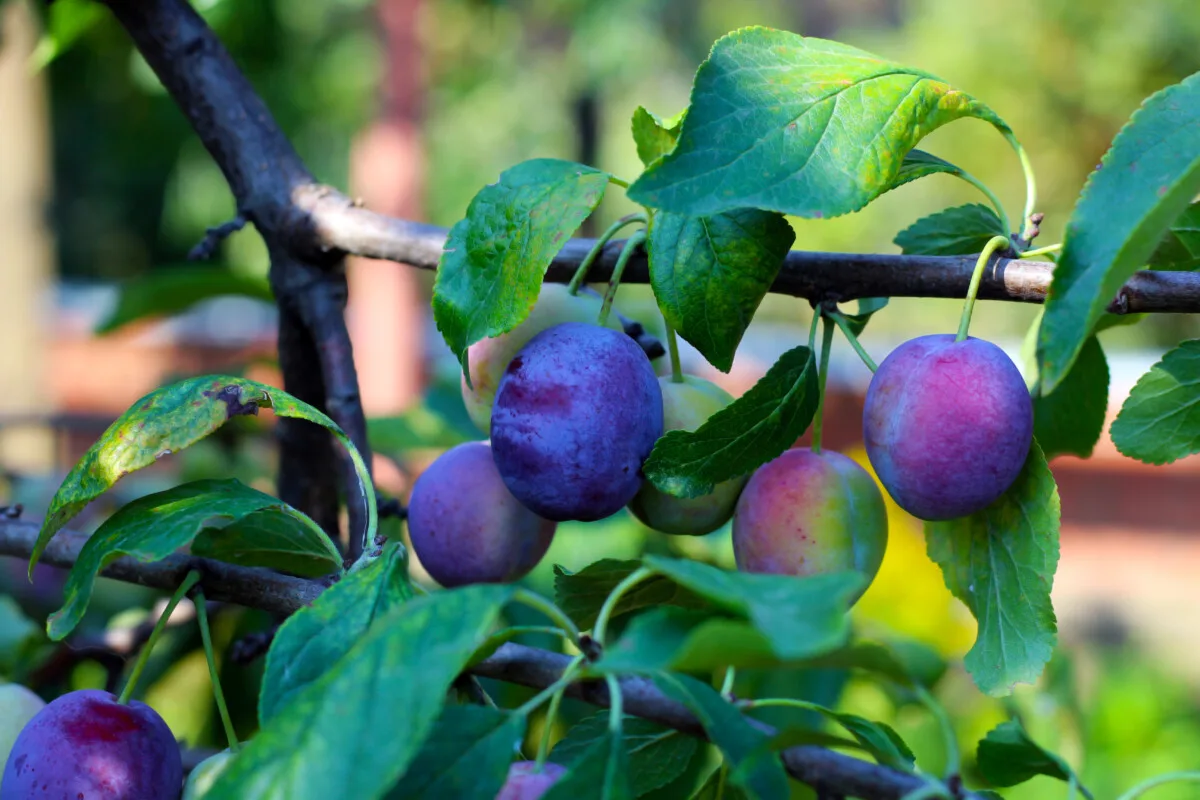
New buds emerge in early spring. Prune plum trees in late winter while the tree is dormant to shape the tree and remove dead or diseased wood.
5. Apricot Trees
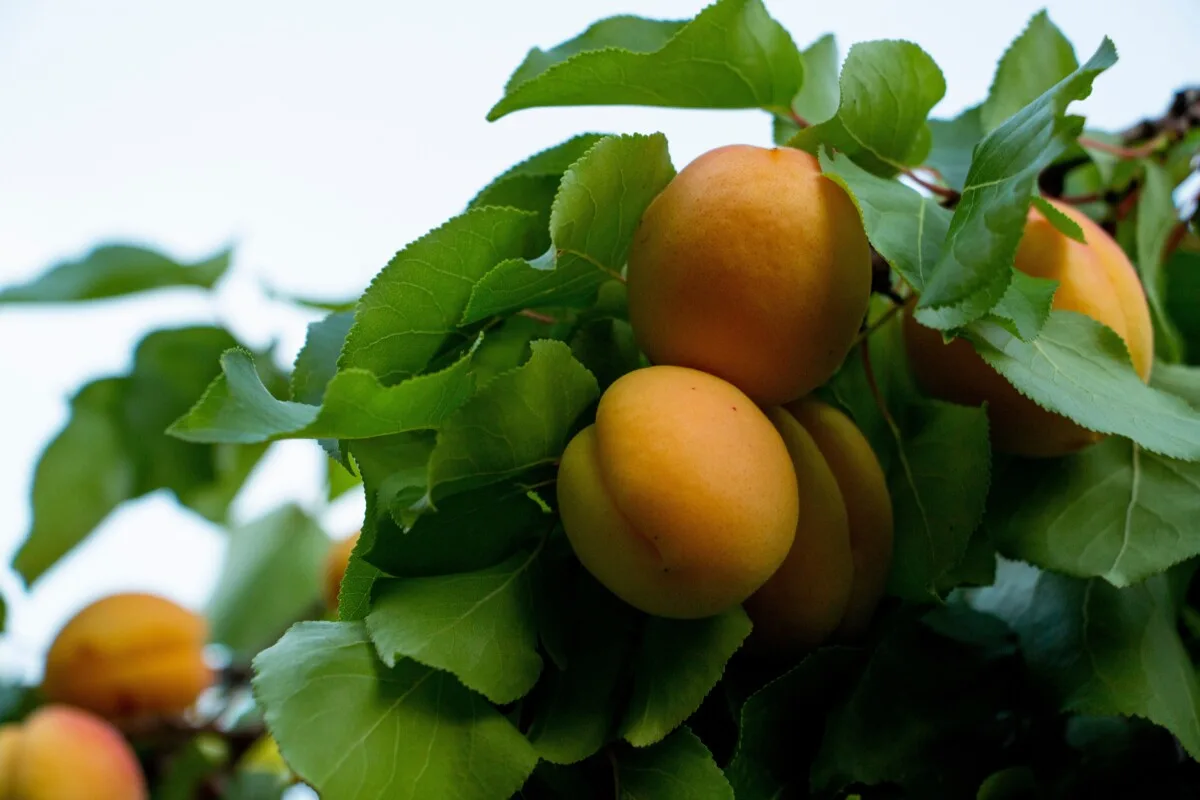
New buds appear in early spring. Prune apricot trees in late winter while the plant is dormant to remove dead or diseased branches and maintain an open canopy.
Floricane-fruiting or Mid-summer Berries
Some varieties of cane fruits produce berries on the current year’s growth – these are known as primocanes. While canes that set fruit grown on the second year’s growth are known as floricanes. You will still need to remove suckers that pop up each spring and spent floricanes from the previous year, but you don’t want to prune this year’s fruit-bearing canes.
Some popular berries with floricane varieties include:
6. Raspberry
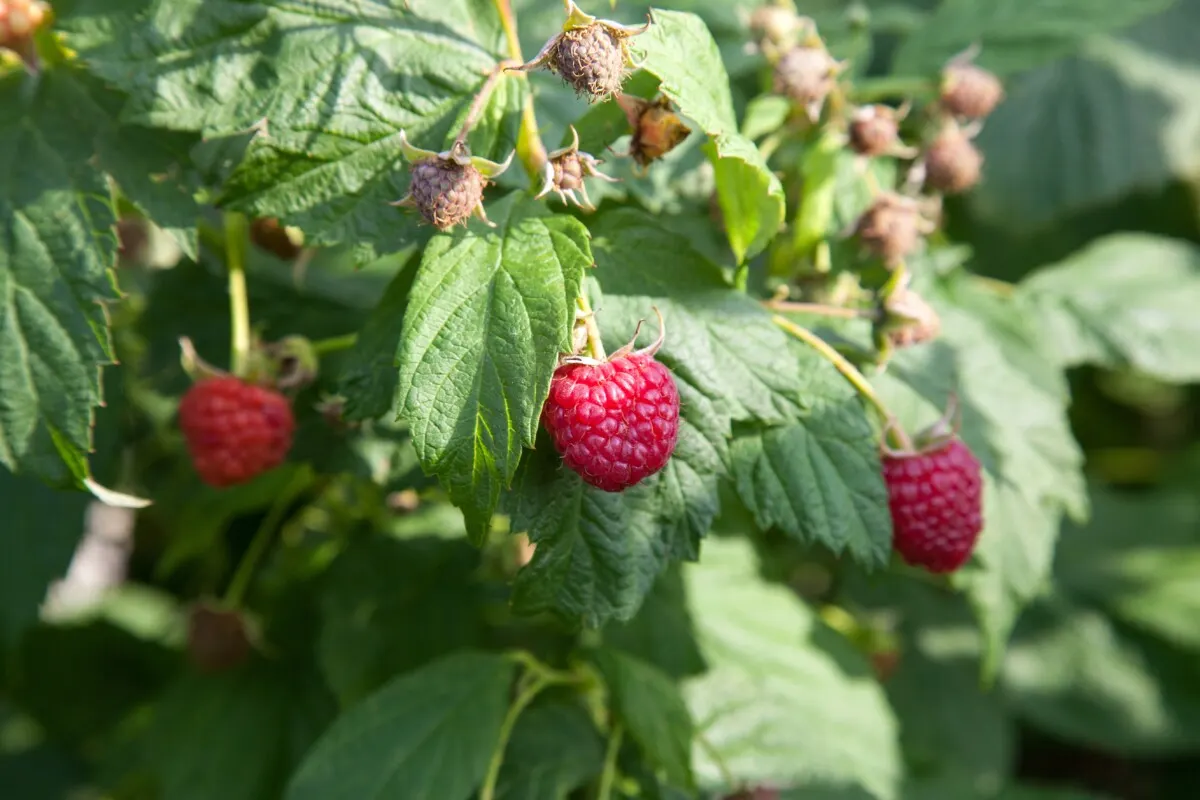
7. Blackberry
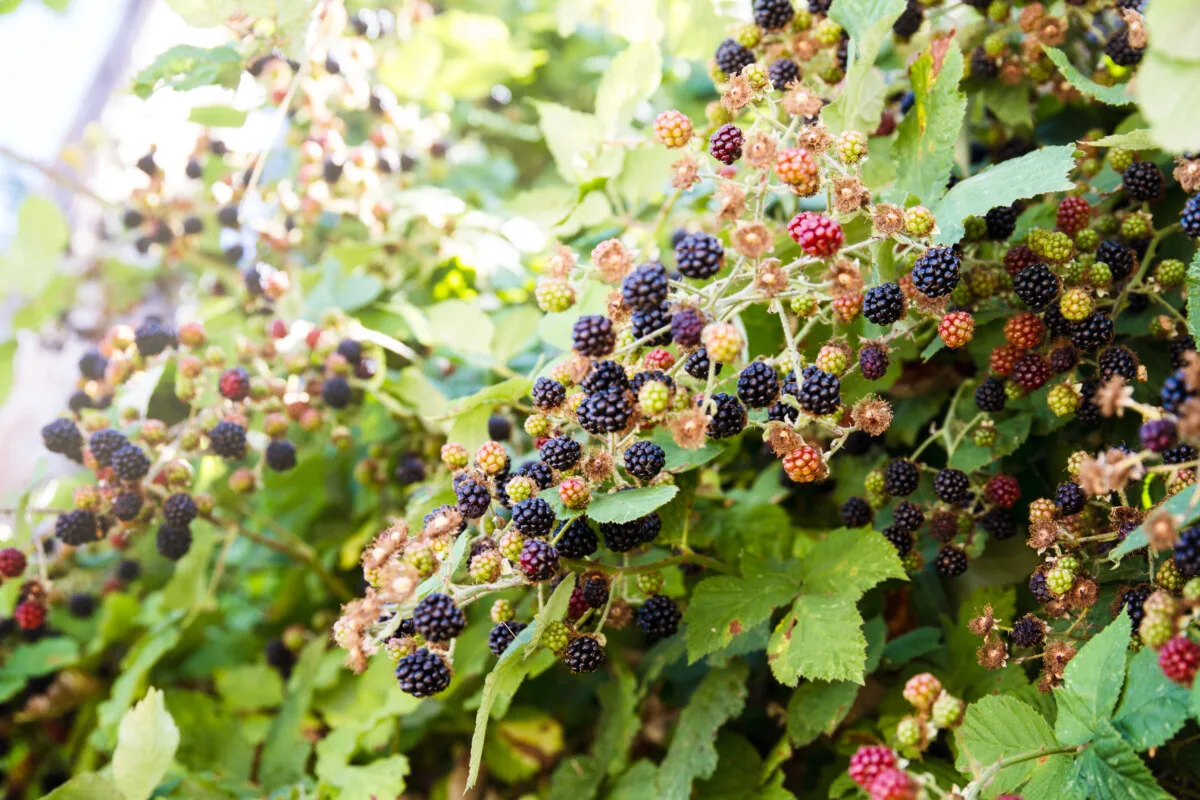
8. Boysenberry
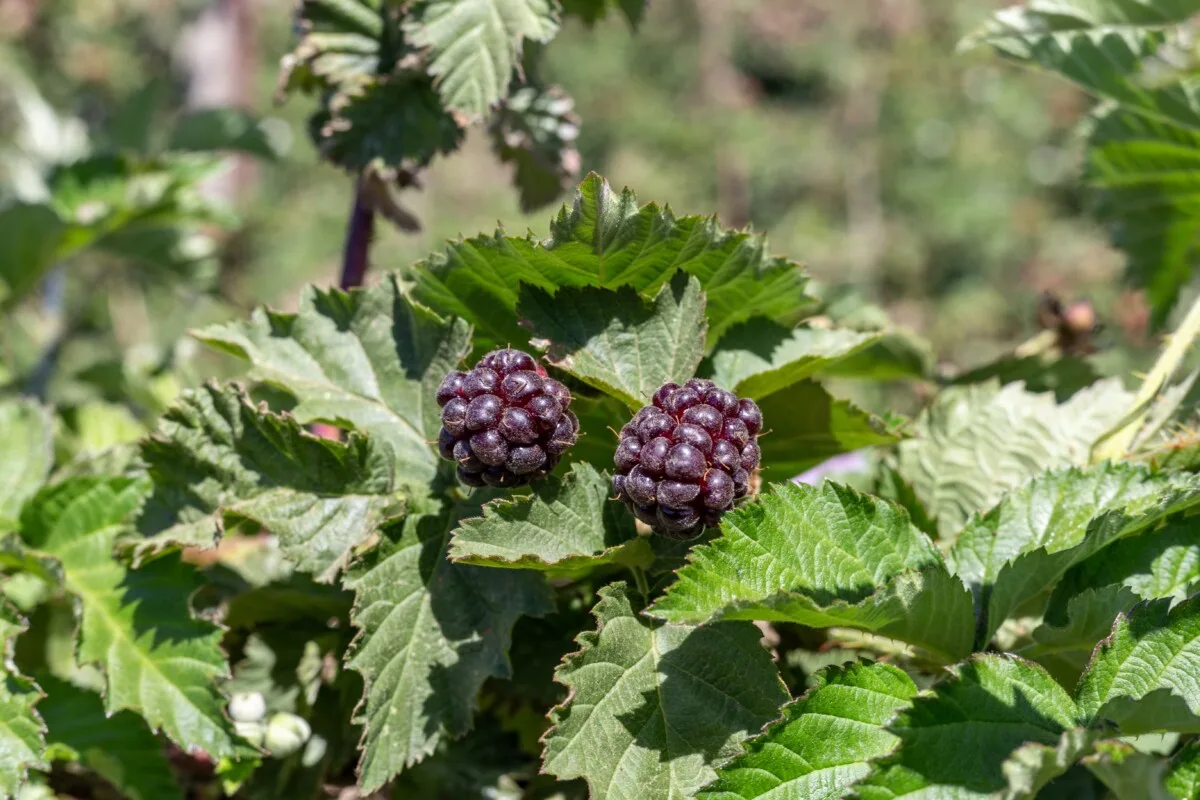
9. Black Raspberry
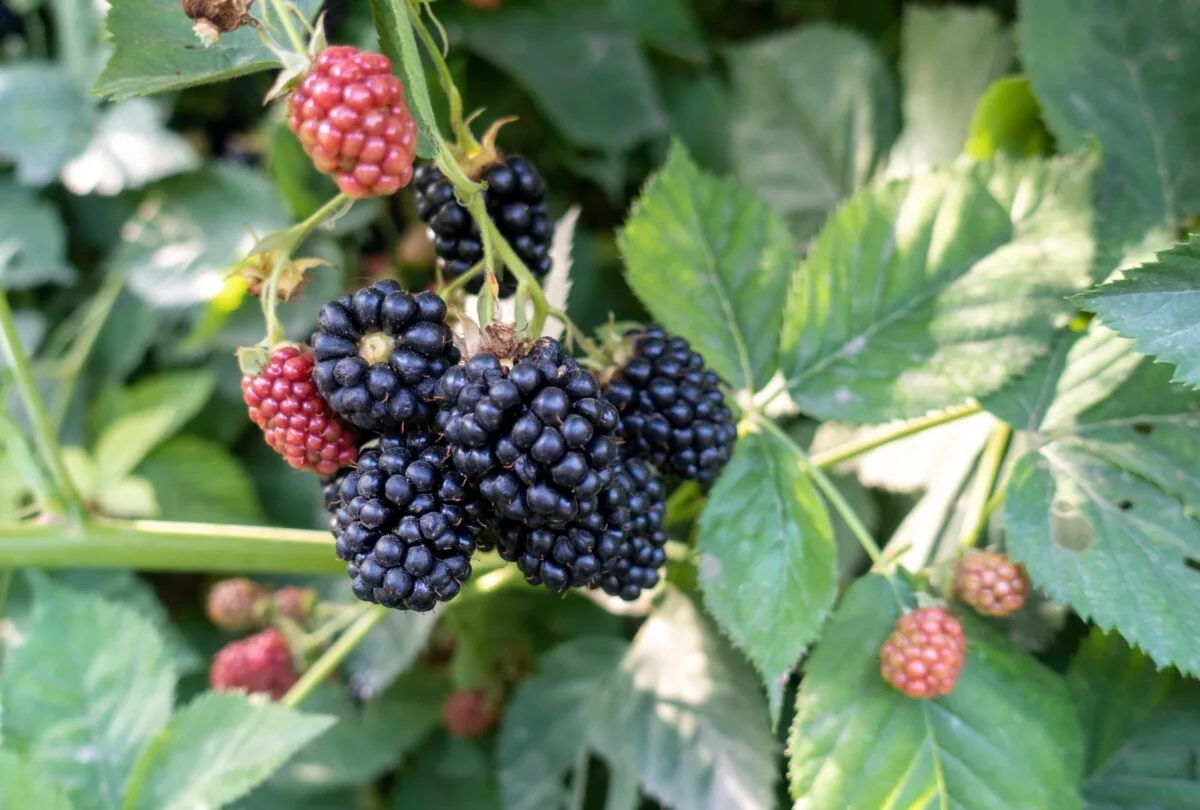
You’ll want to know if your berries are primocane or floricane-fruiting varieties.
10. Blueberries
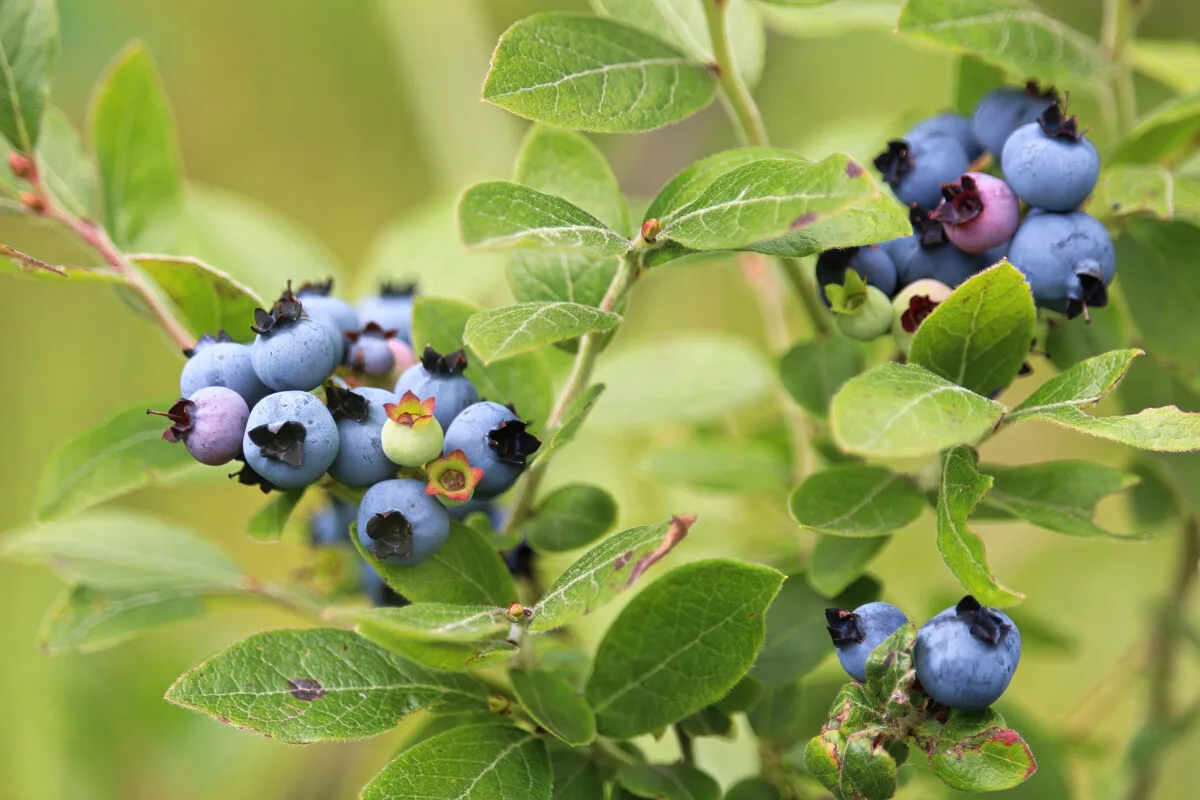
Blueberries will only produce fruit on branches that are at least a year old. New buds are set in late summer or early fall. Prune both high and lowbush blueberries in late winter while the plant is dormant, removing any dead or damaged wood and thinning to stimulate new growth.
Veggies That Shouldn’t Be Pruned in Spring
As a rule of thumb, you shouldn’t prune perennial veggies in the spring. You may end up reducing your harvest if you do.
11. Artichoke
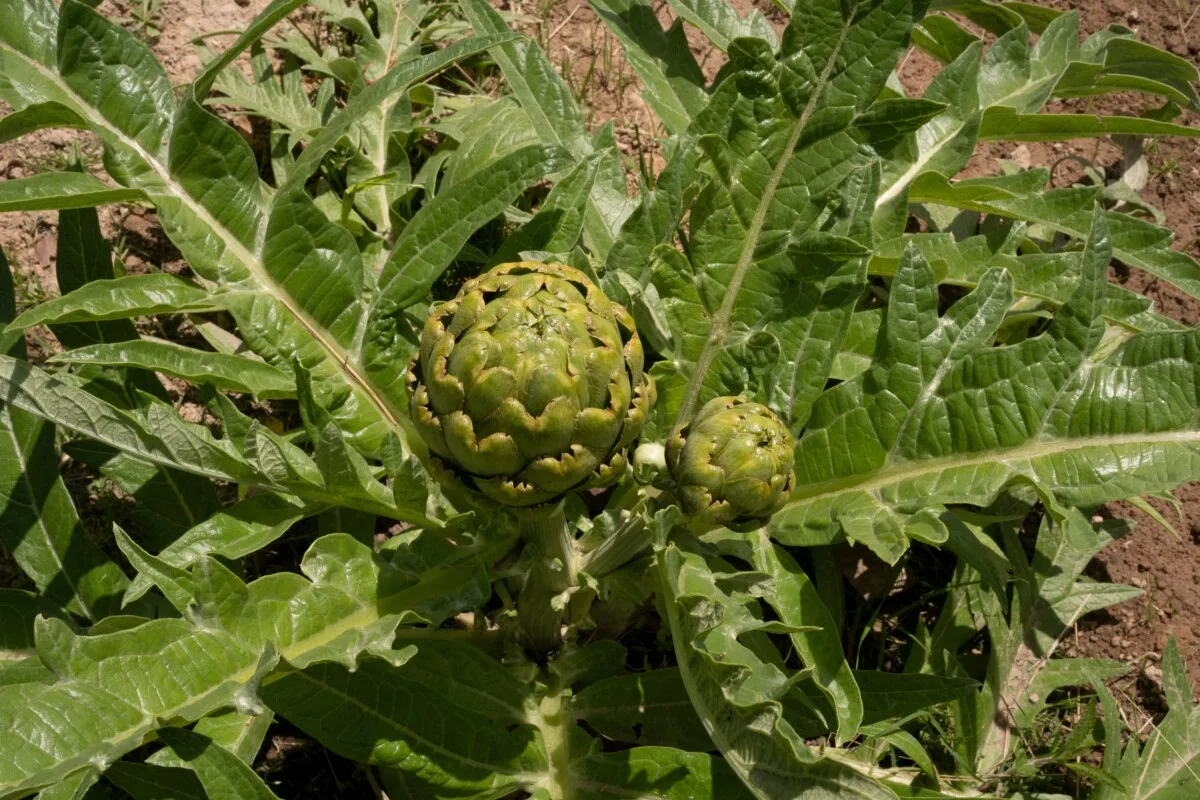
Artichokes are actually edible flowers. Their tasty buds are the part of the plant we enjoy dipped in butter. New buds emerge in late spring or early summer. Harvest artichoke buds before they open, and prune back the plant after harvesting to encourage new growth.
12. Asparagus
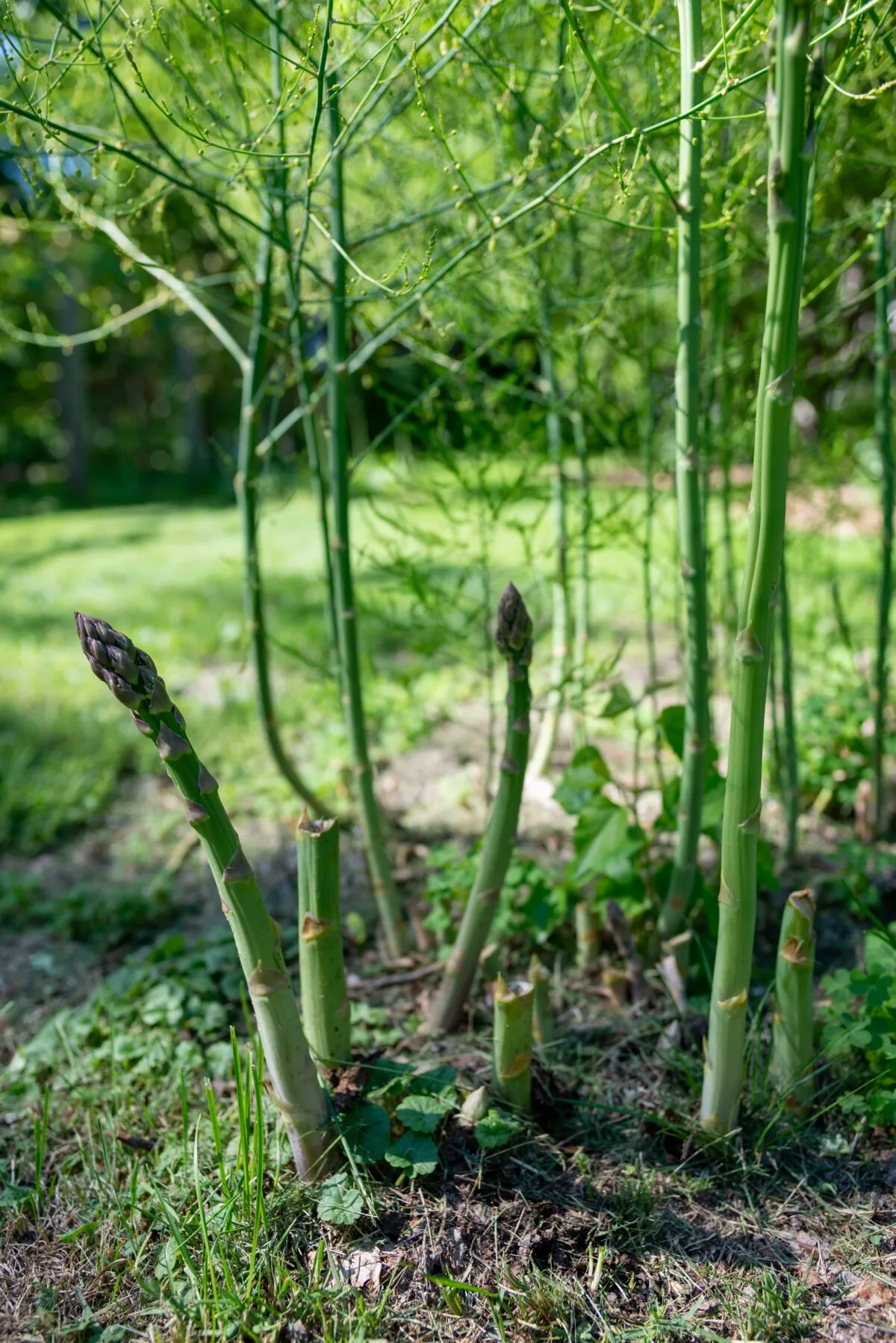
Everyone’s favorite spring veggie – if you prune asparagus in spring it better be to cut a few spears for dinner. New shoots emerge in early spring. Harvest asparagus spears when they are 6-8 inches tall, and prune back any yellow or dead foliage in late fall after the foliage has died back.
13. Rhubarb
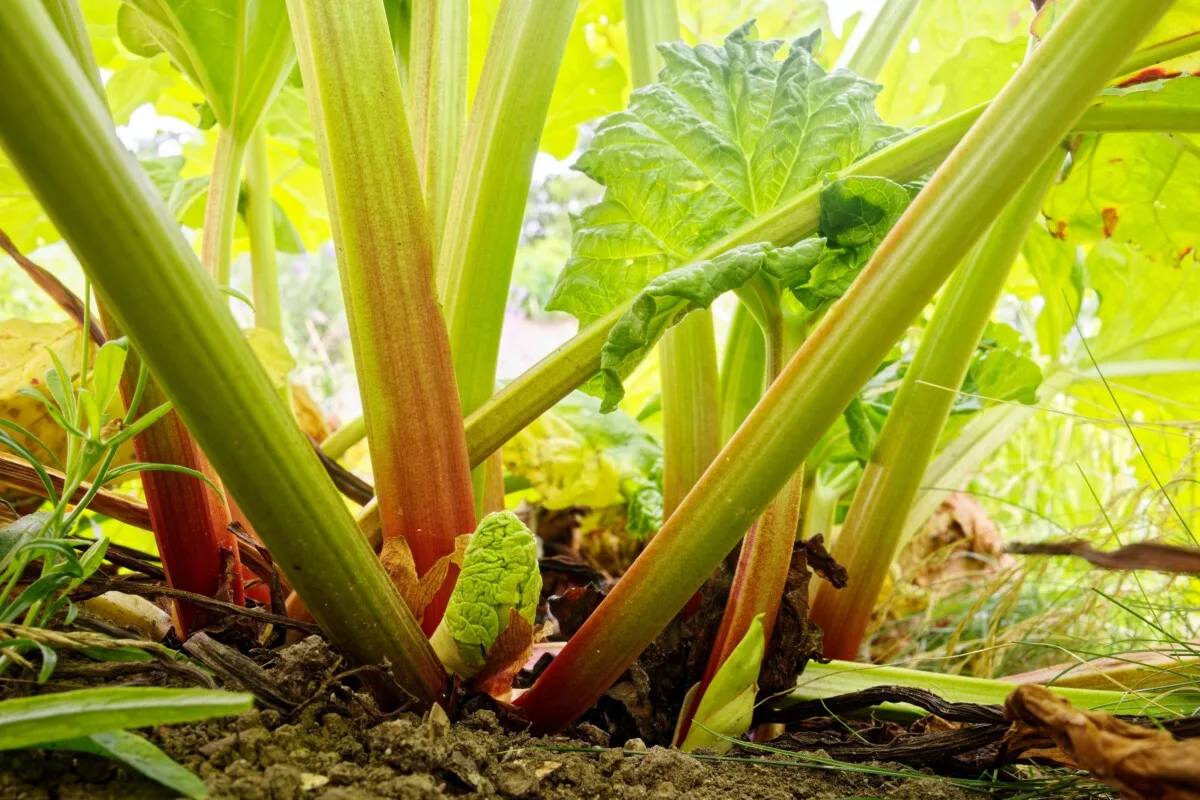
This perennial vegetable as well as a perennial favorite, best-loved for its tart red stalks. (Rhubarb custard pie, anyone?) Buds emerge in early spring. Harvest rhubarb stalks in the spring before flowering, and prune any flower stalks that develop to encourage continued growth. For sweeter stalks, try forcing rhubarb.
Blooming Plants that Shouldn’t Be Pruned in the Spring
14. Azalea
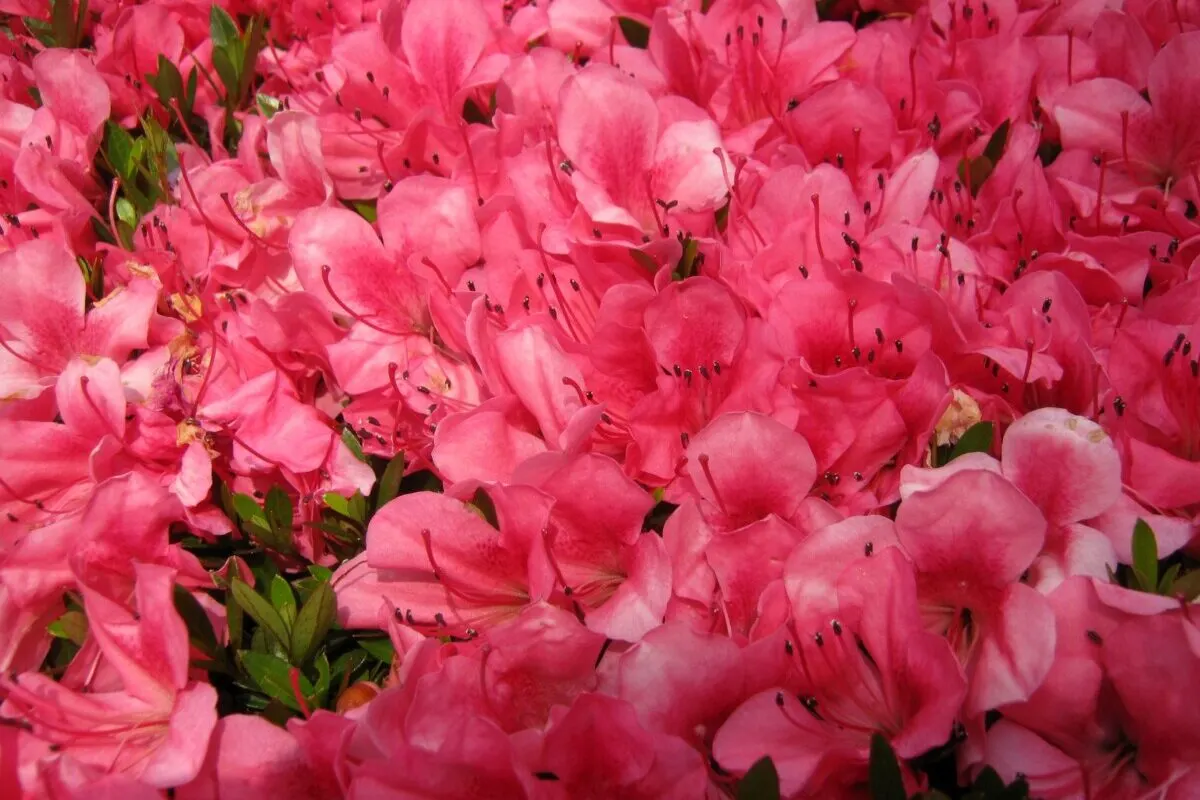
Azaleas are prized for their colorful blooms. Buds set in late summer or early fall. Prune azaleas after flowering to maintain shape and encourage new growth.
15. Barberry, Evergreen
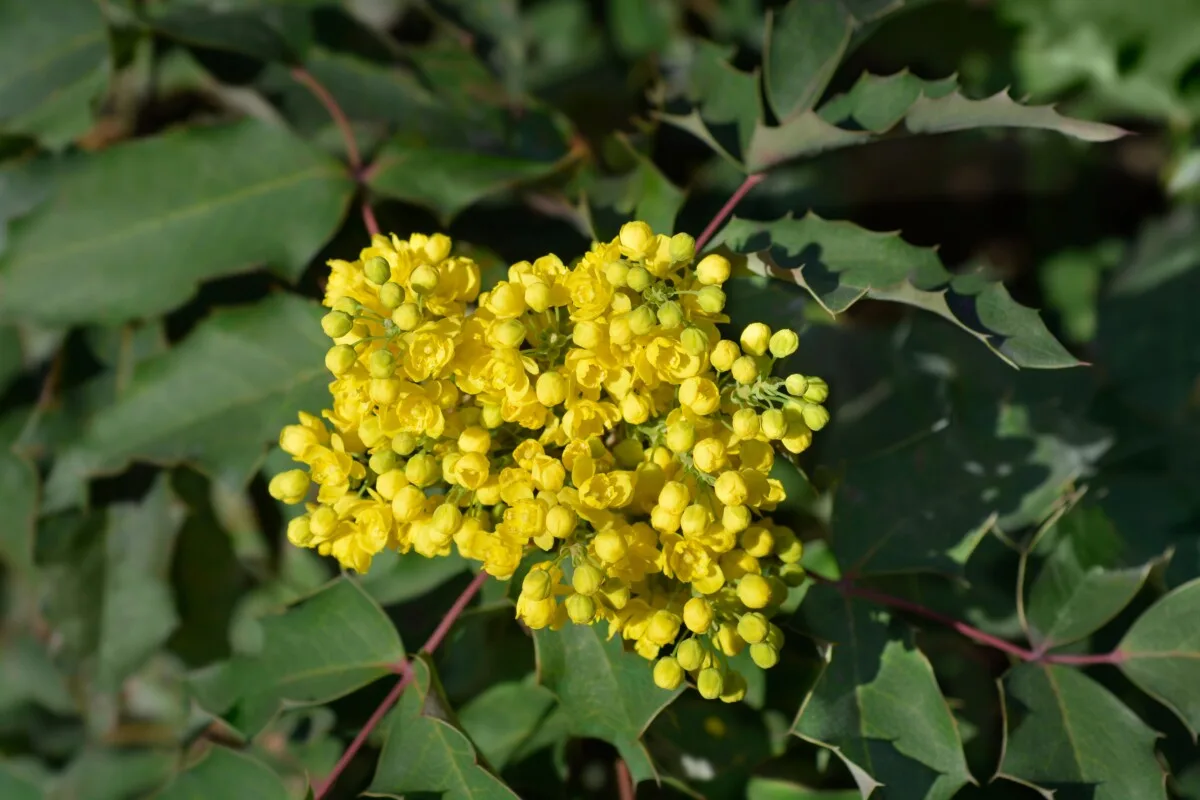
Evergreen barberry is a compact shrub with colorful foliage and spiny branches. Buds set in late summer or early fall. Prune evergreen barberry in late winter to shape the shrub and remove any dead or overcrowded branches. Be sure you wear thick, leather gloves when you prune.
16. Camellia (Camellia japonica)
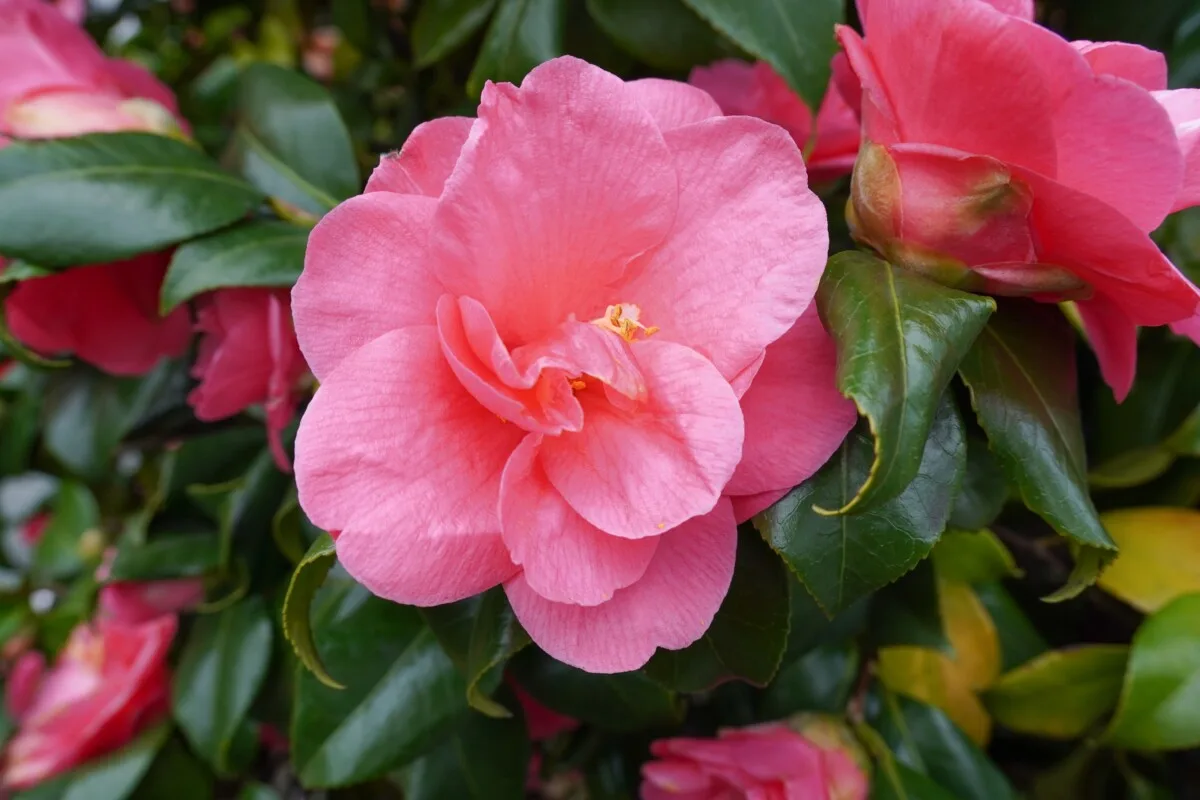
Camellias are evergreen shrubs or small trees with showy flowers. Buds set in late summer or early fall. Prune camellias after flowering to shape the plant and remove dead or diseased wood.
17. Clematis – Early-Flowering (Group 1 Clematis)
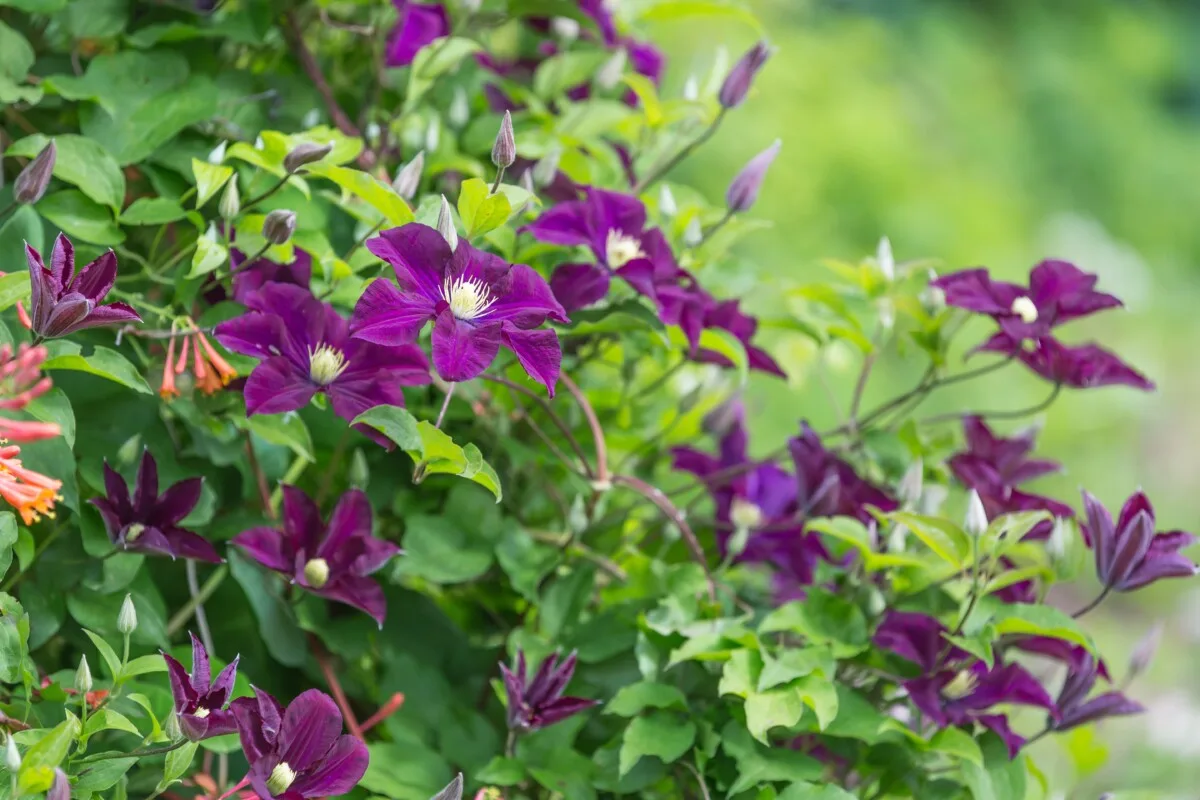
Group 1 Clematis varieties bloom on old wood in early spring. Buds set in late summer or early fall. Prune Group 1 Clematis immediately after flowering to shape and remove dead or tangled growth.
18. Cornel or Cornelian Cherry Dogwood (Cornus mas)
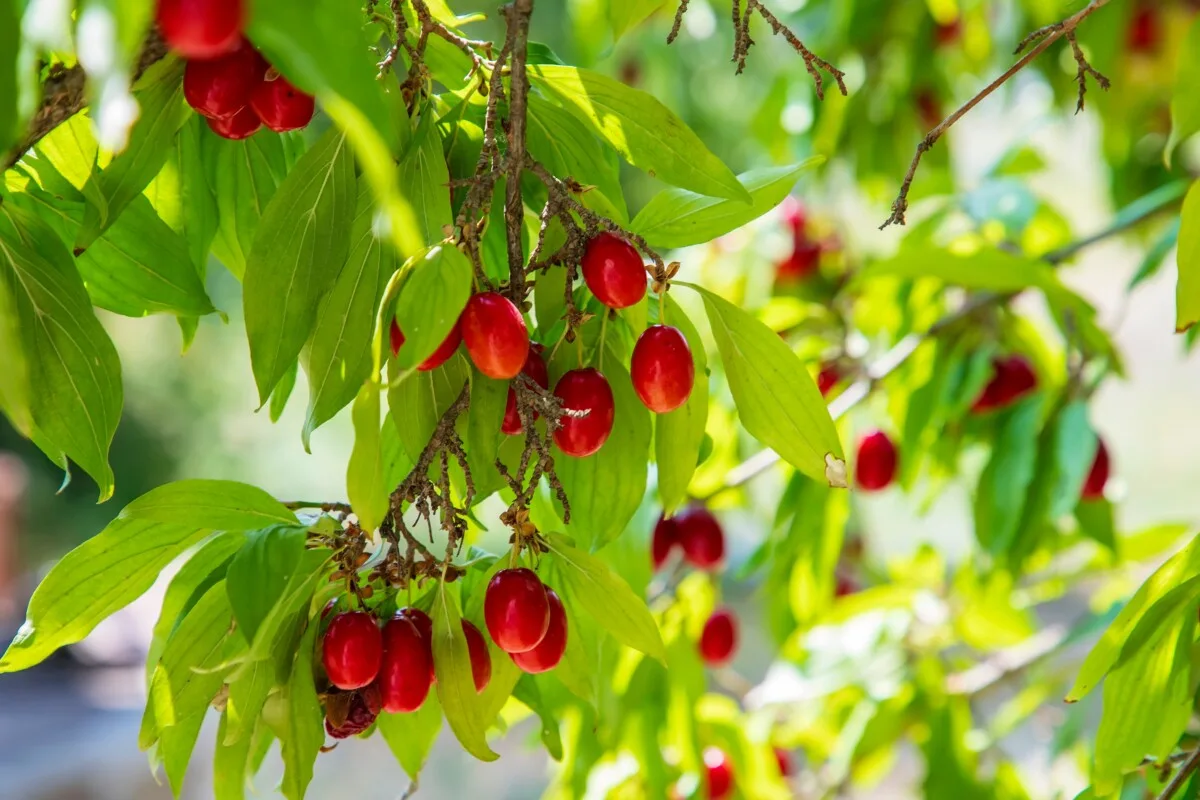
Cornel cherry dogwood is a small tree or large shrub known for its early spring yellow flowers. Buds set in late summer or early fall. Prune Cornel cherry dogwood in late winter while the plant is still dormant, removing dead or crossing branches and shaping as needed.
19. Daphne (Daphne odora)
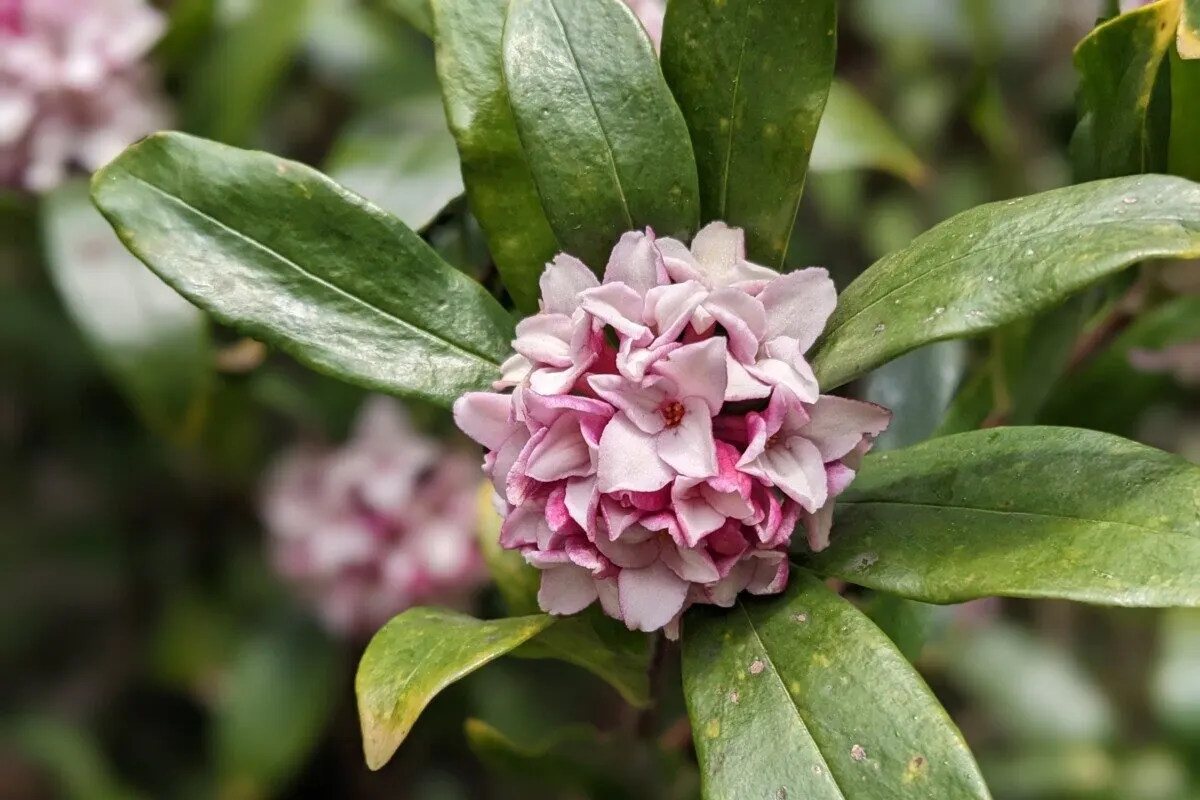
Daphne is a fragrant evergreen shrub with clusters of pink or white flowers. Buds set in late summer or early fall. Prune daphne lightly after flowering to shape the shrub and remove any dead or crowded branches.
20. Deutzia
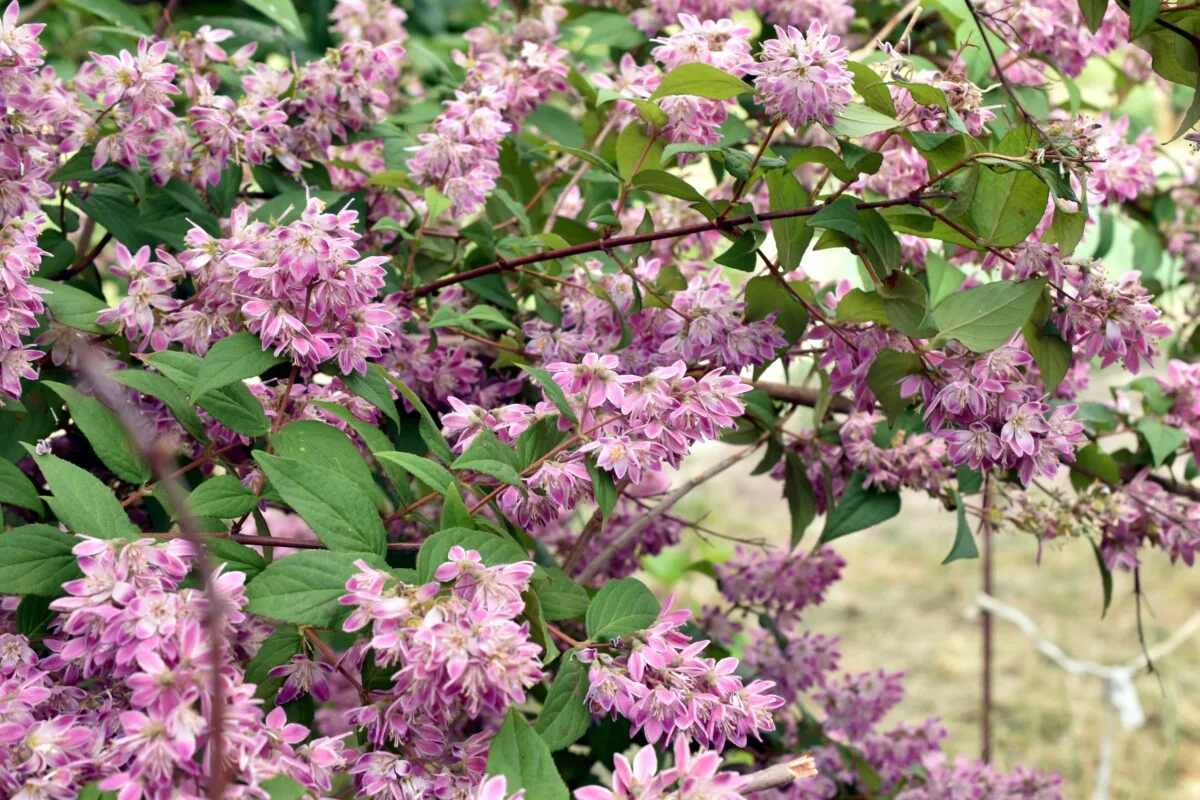
Deutzia is a deciduous shrub with delicate white or pink flowers. Buds set in late summer or early fall. Prune deutzia after flowering to maintain shape and remove old wood that no longer produces blooms.
21. Flowering Quince
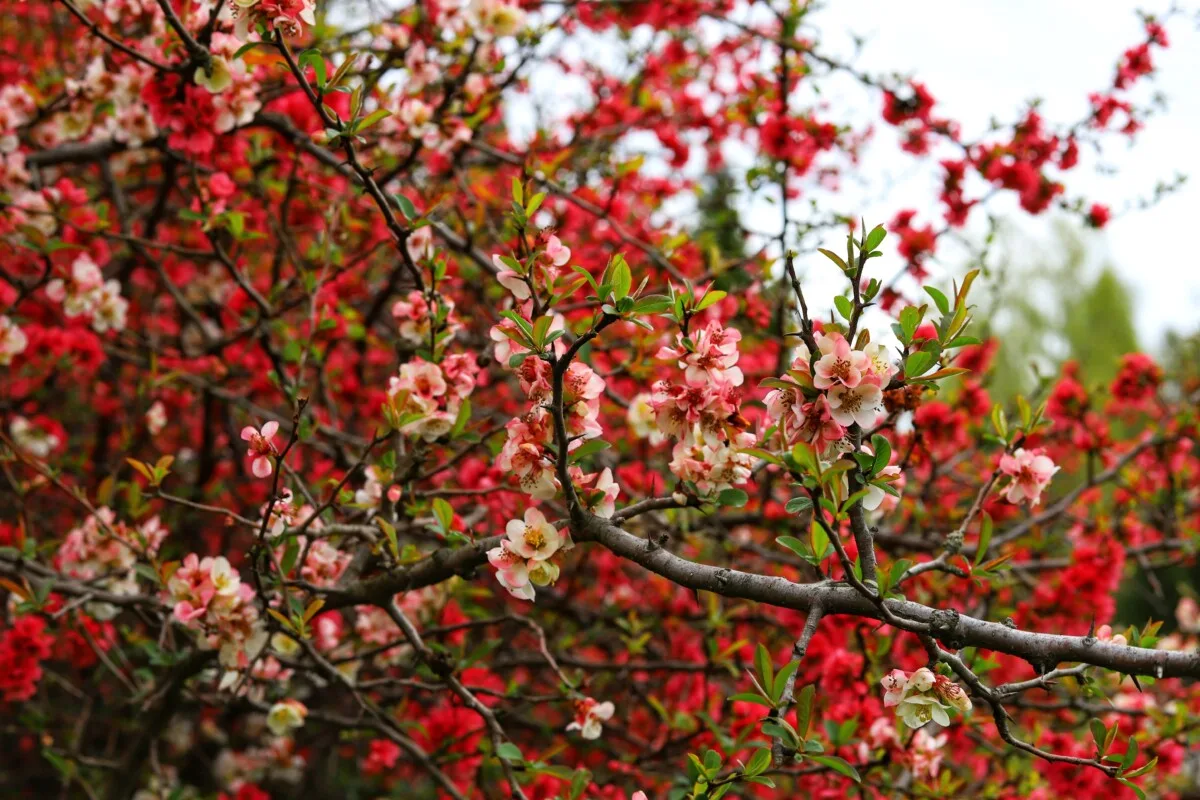
Flowering quince is a deciduous shrub with early spring blooms. Buds set in late summer or early fall. Prune flowering quince after flowering to shape the shrub and remove dead or weak branches.
22. Forsythia
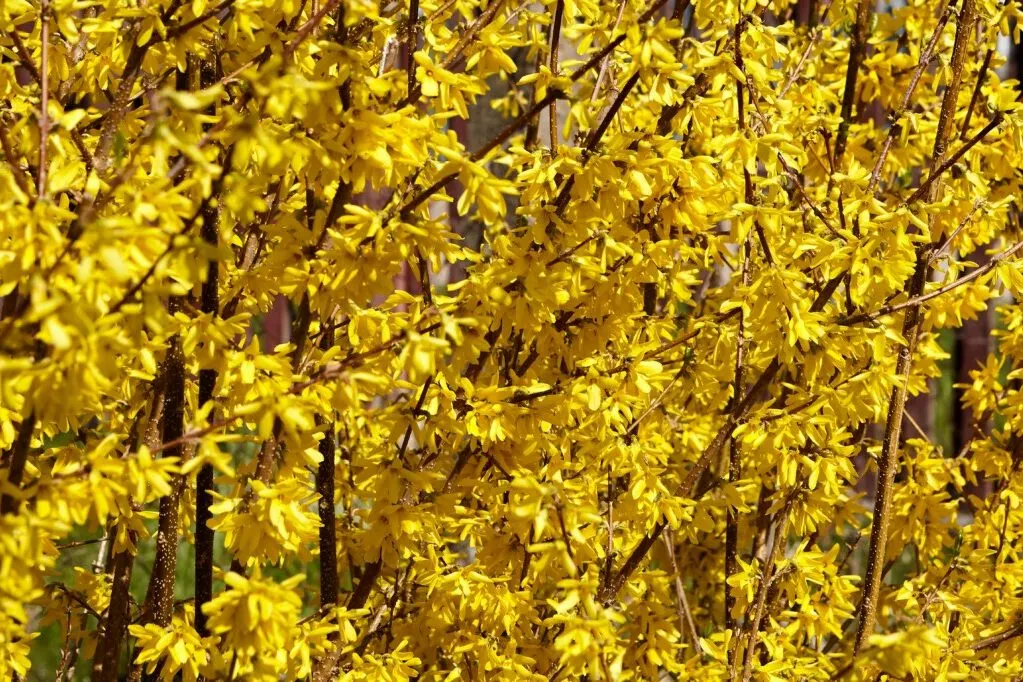
Forsythia are the harbingers of spring, with their vibrant yellow blooms. Buds set in late summer or early fall for the following spring. Prune forsythia after flowering to control size and shape.
23. Hydrangea macrophylla (Big leaf hydrangea)
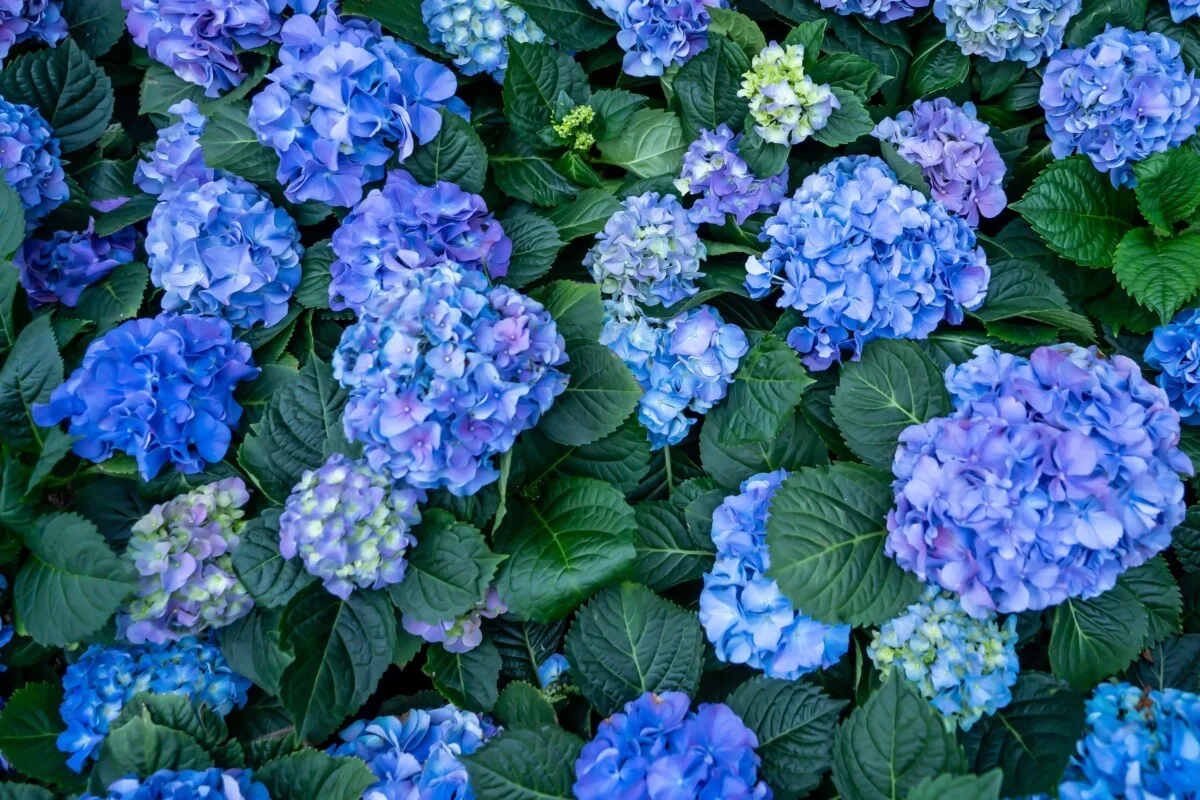
These hydrangeas are known for their large, showy blooms. Buds set in late summer or early fall. Prune hydrangea macrophylla immediately after flowering to shape the shrub and remove old wood.
24. Orange Ball Tree
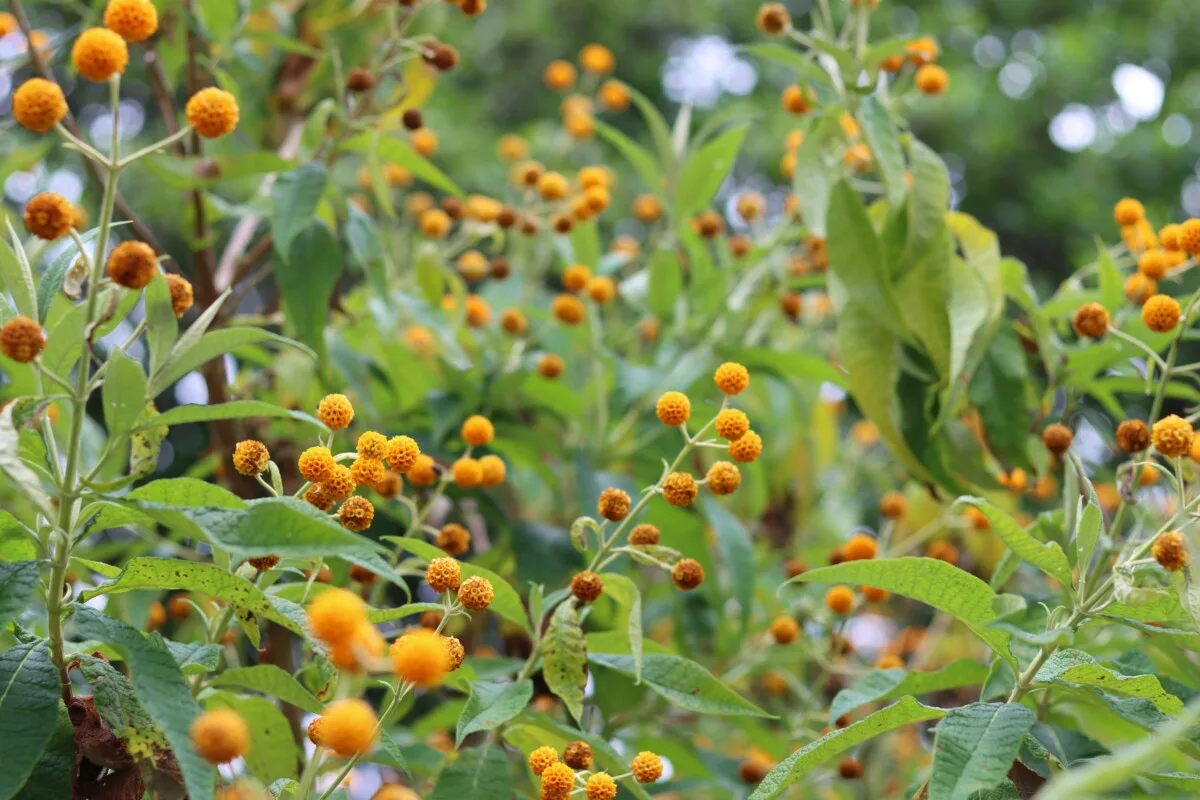
The Orange Ball Tree, also known as Buddleja globosa, is a deciduous shrub with bright, round clusters of orange flowers. It’s an excellent alternative to its invasive cousin – Buddleja davidii. New buds set in late summer. Prune Orange Ball Trees after flowering, cutting back to shape the shrub and remove spent blooms.
25. Lilac
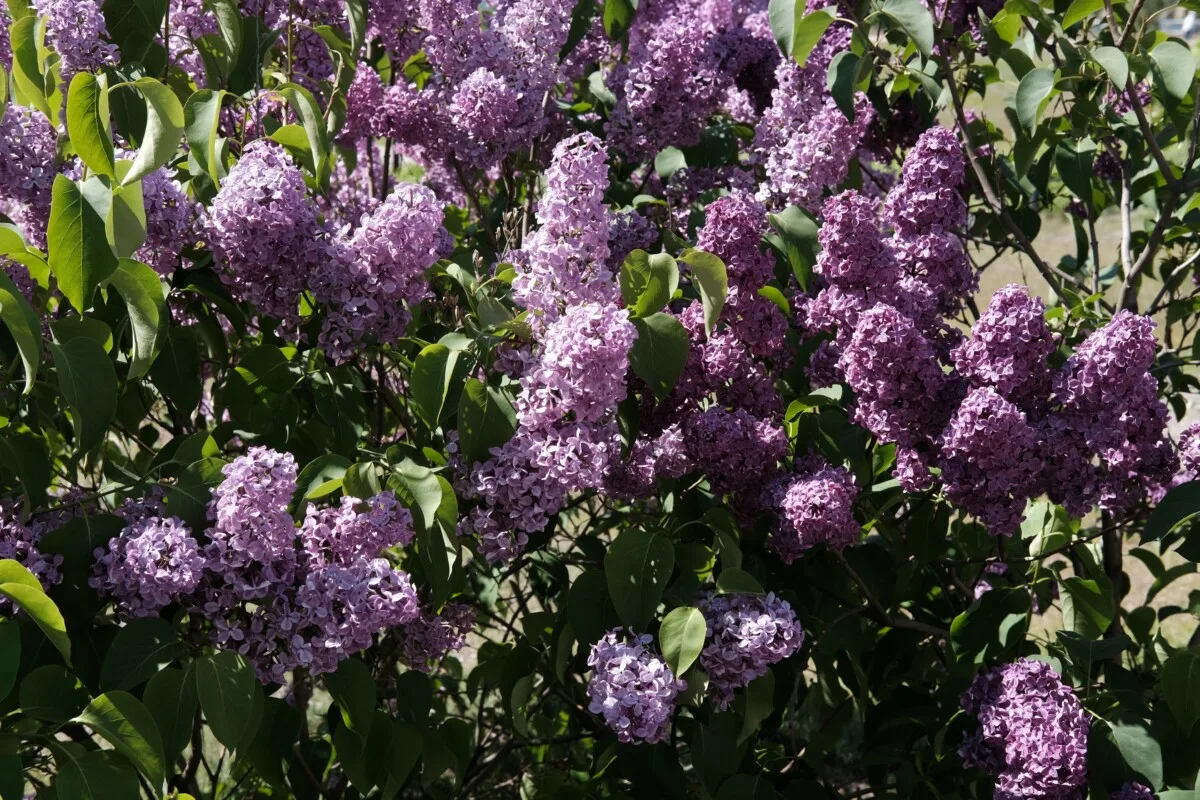
If you want to enjoy the heady perfume of lilacs, wait until after they have bloomed to prune them. Buds set in late summer or early fall for the following spring’s blooms. Prune lilacs immediately after flowering to shape the shrub and remove spent blooms.
26. Magnolia
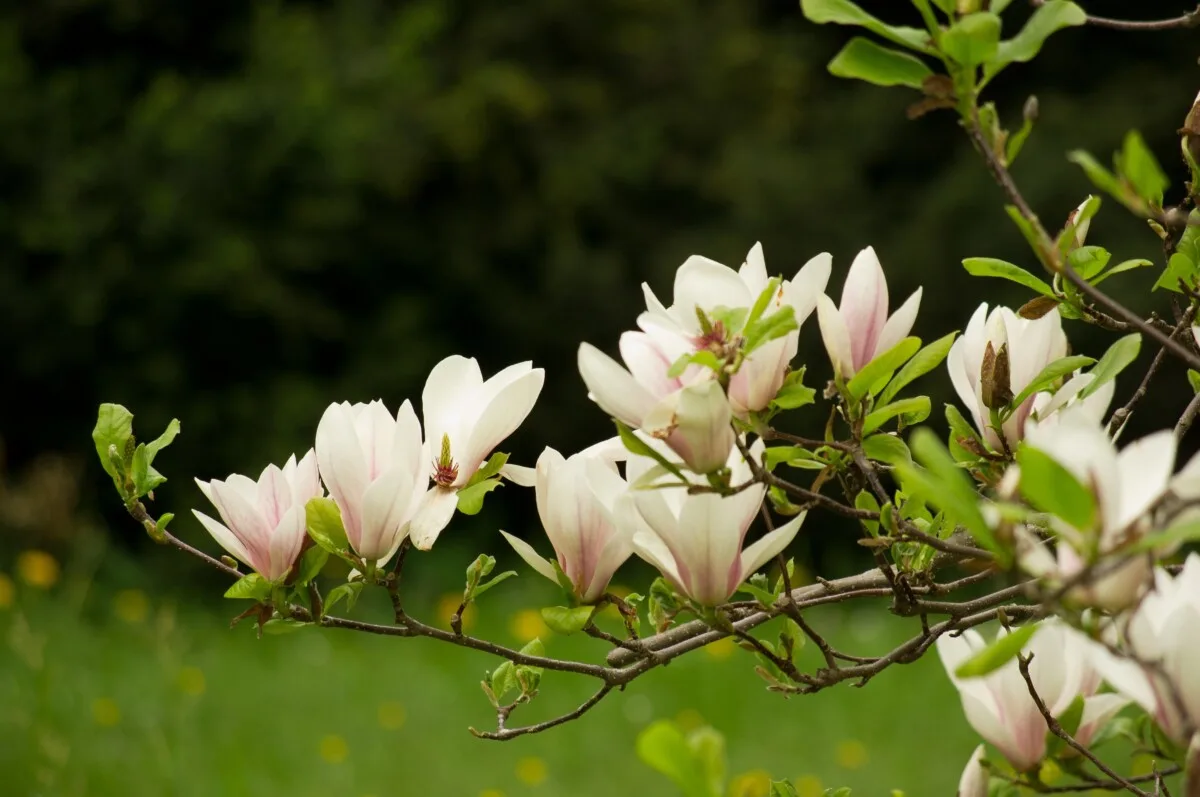
Magnolias are iconic flowering trees and shrubs with large, fragrant blooms. Buds set in late summer or early fall. Prune magnolia trees immediately after flowering to shape and remove dead or damaged branches.
27. Mexican Orange Blossom
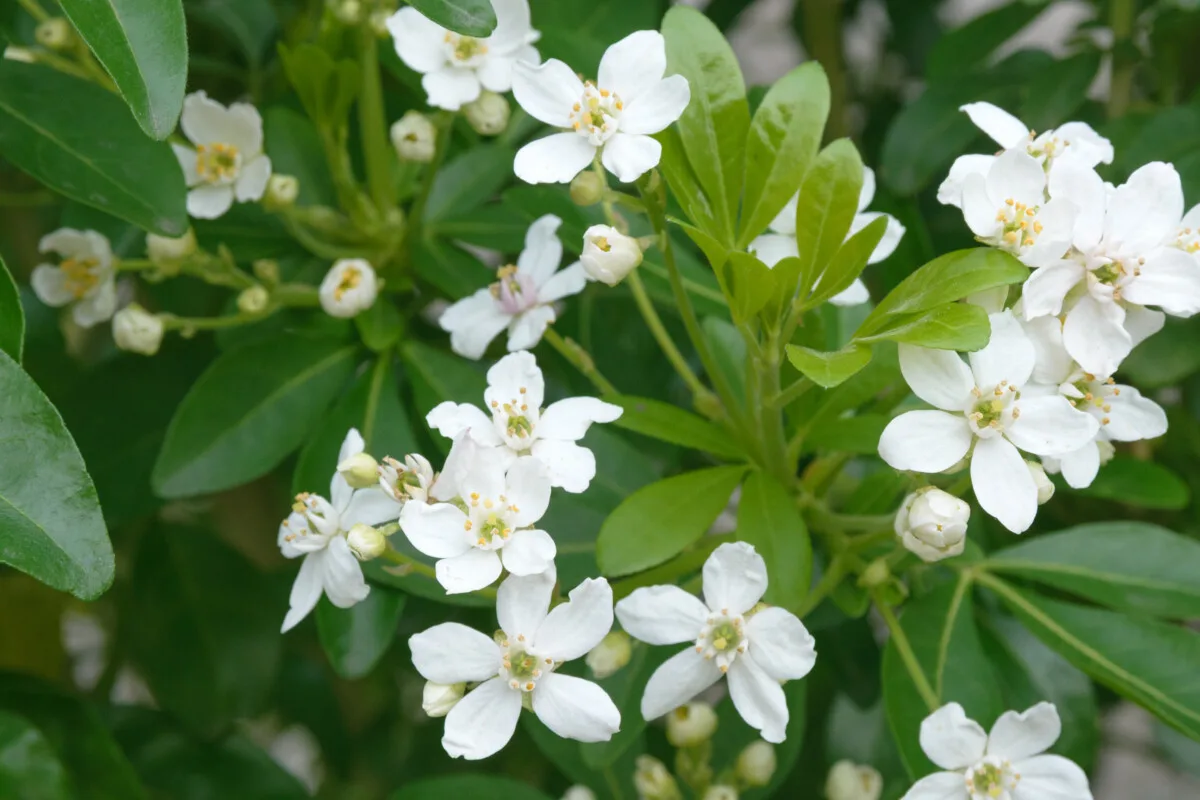
Mexican orange blossom, or Choisya ternata, is a fragrant evergreen shrub with clean, white flowers. Buds are set in late summer or early fall. Prune Mexican orange blossom after flowering to shape the shrub and remove any dead or crowded branches.
28. Rhododendron
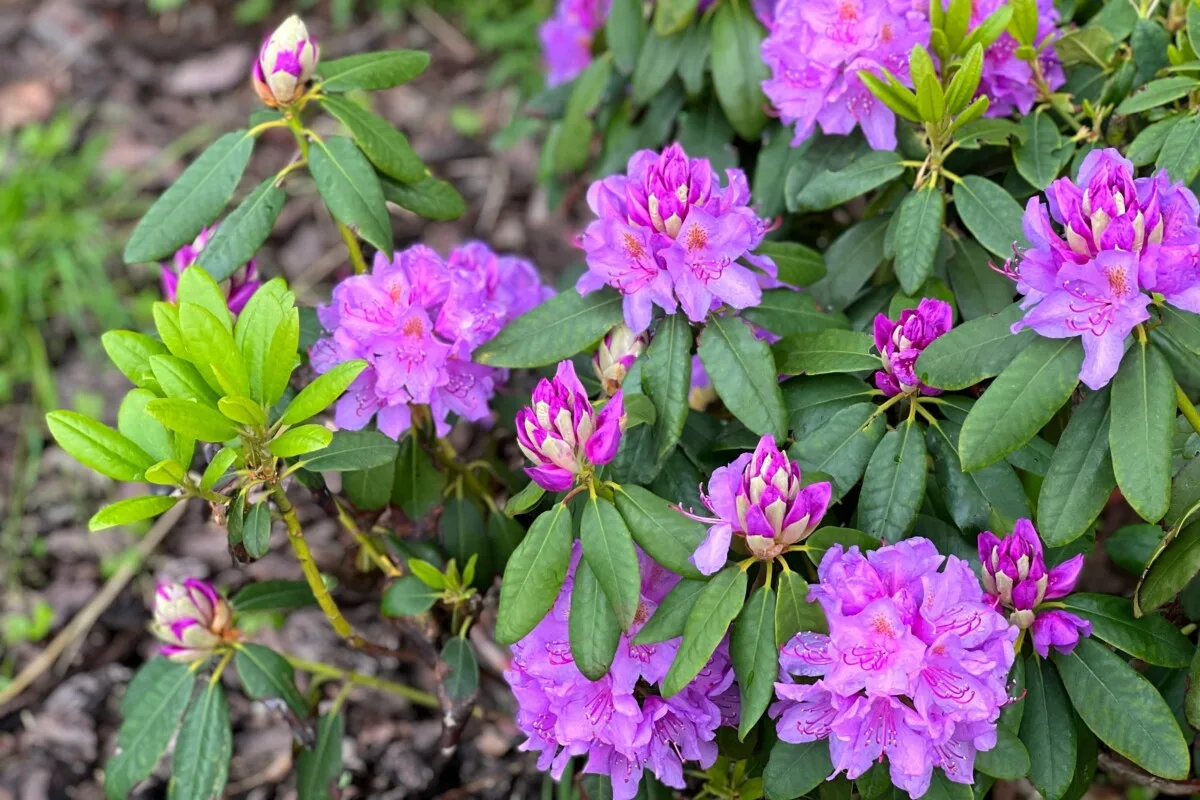
Rhododendrons are popular evergreen shrubs with large clusters of bright flowers. Buds are set in late summer or early fall. Prune rhododendrons after flowering to remove spent blooms and shape the shrub.
29. Spring-flowering Spirea (Spirea japonica)
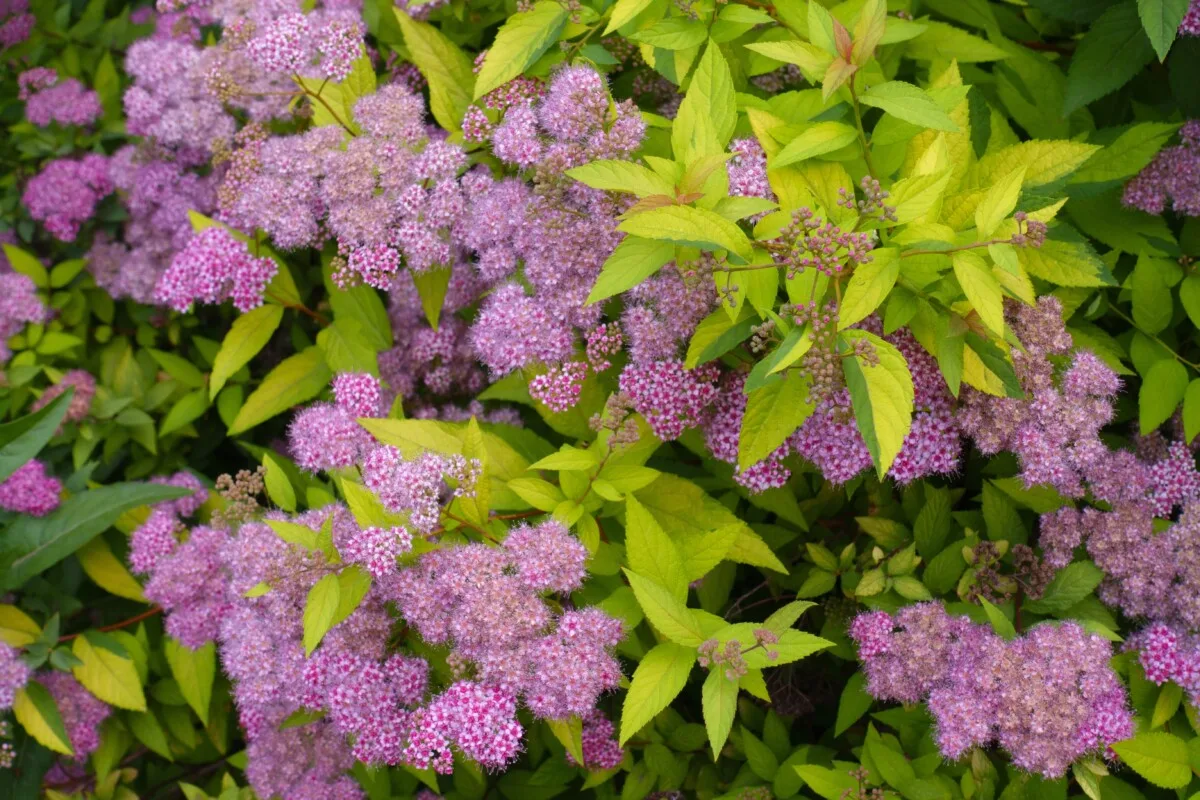
Spring-flowering spirea bushes produce cascading clusters of flowers. Buds are set in late summer or early fall. Prune spirea after flowering to maintain shape and encourage new growth.
30. Viburnum – Early-flowering
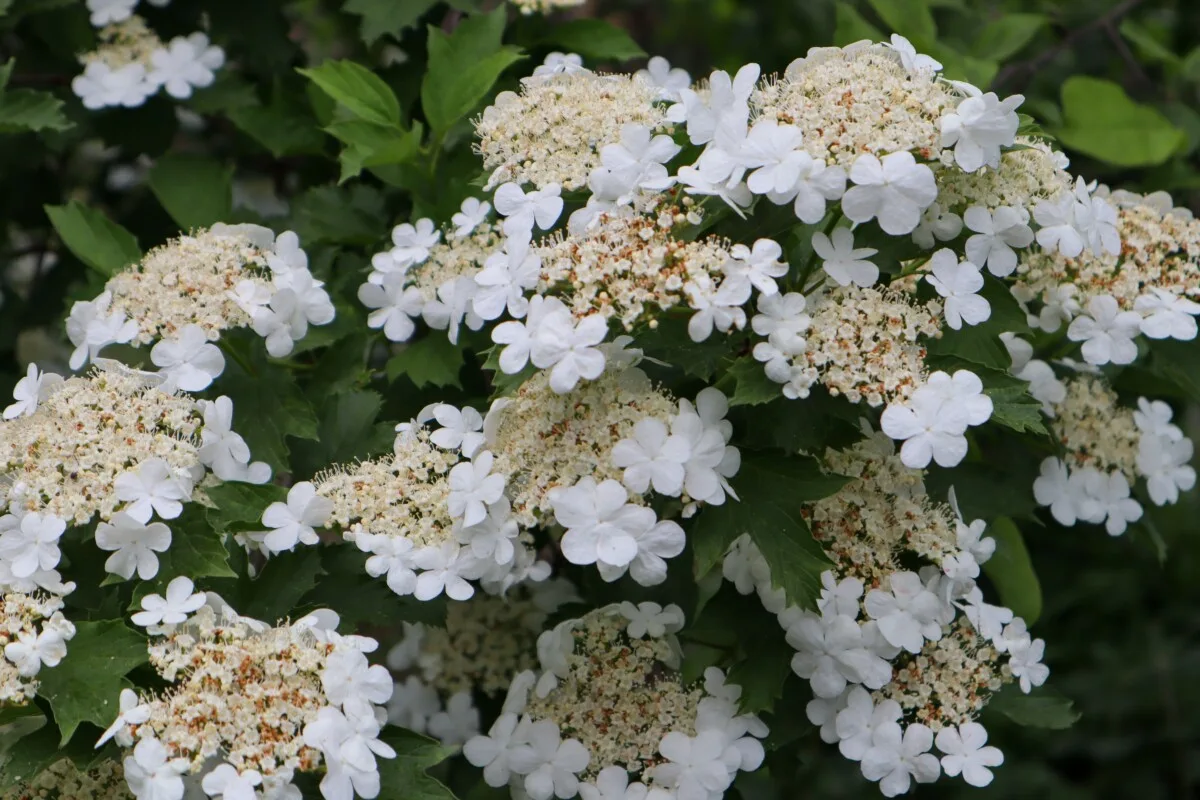
Early-flowering viburnum produce clusters of fragrant blooms in early spring. Buds are set in late summer or early fall. Prune early-flowering viburnum after flowering to shape the shrub and remove any dead or diseased wood.

Get the famous Rural Sprout newsletter delivered to your inbox.
Including Sunday musings from our editor, Tracey, as well as “What’s Up Wednesday” our roundup of what’s in season and new article updates and alerts.

